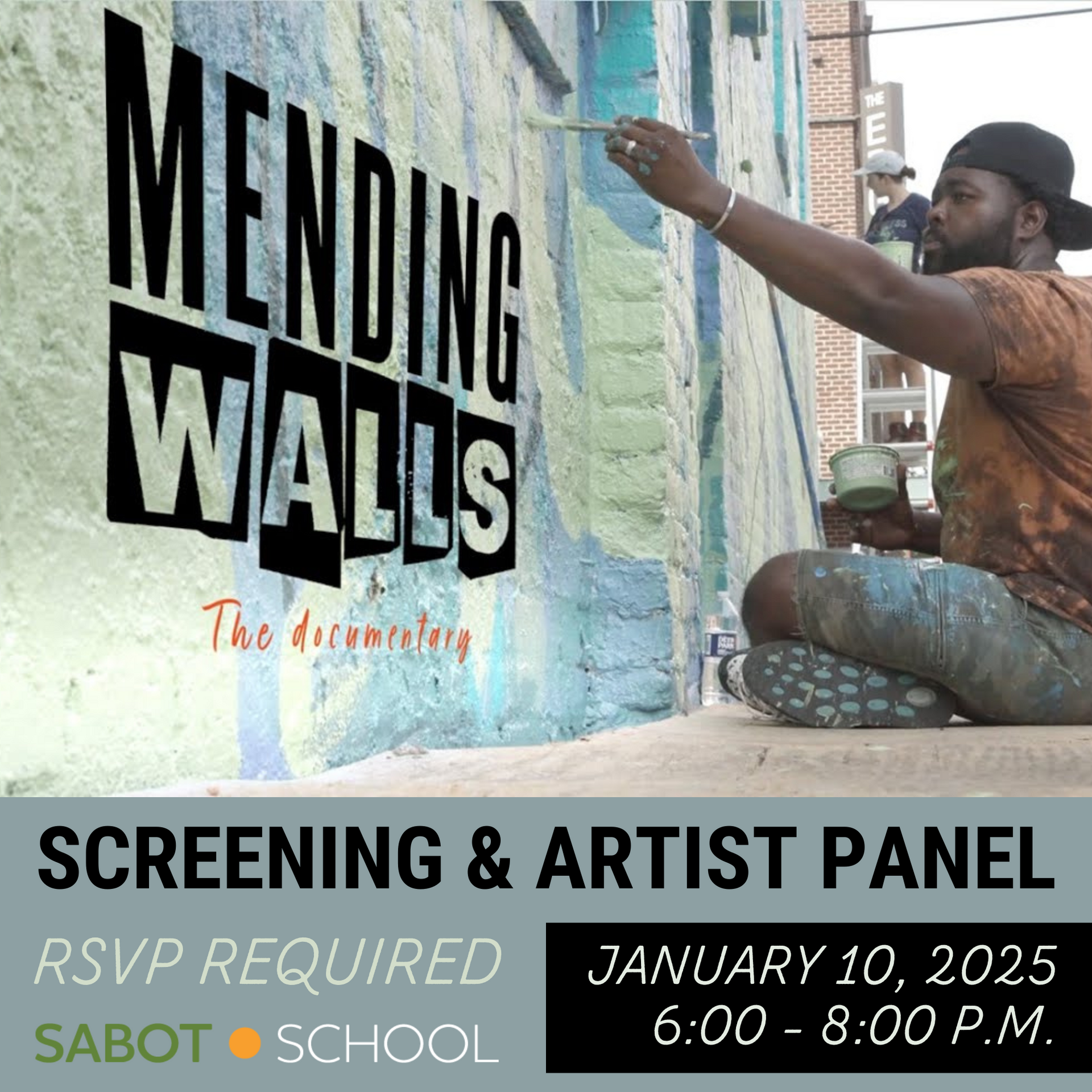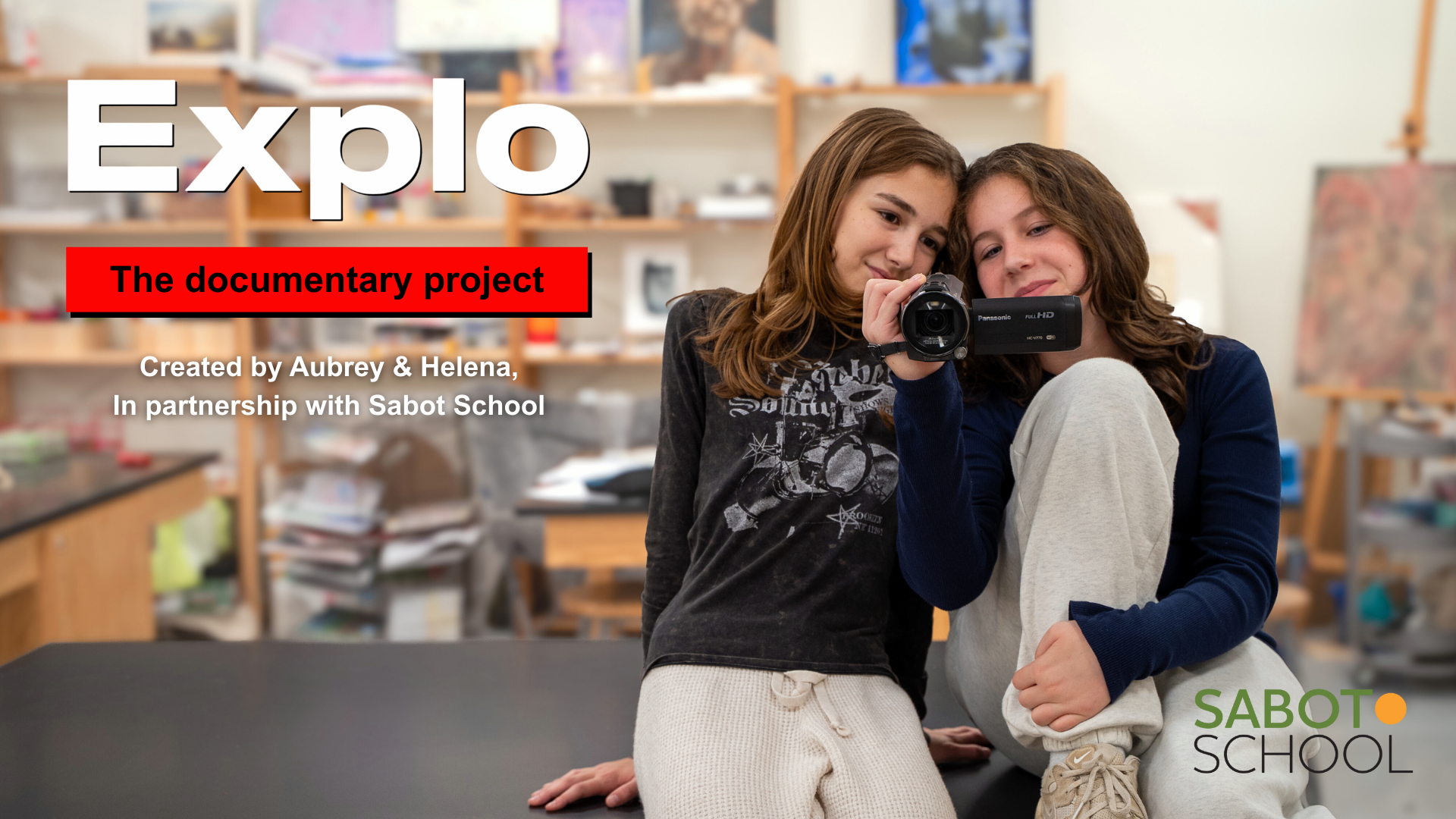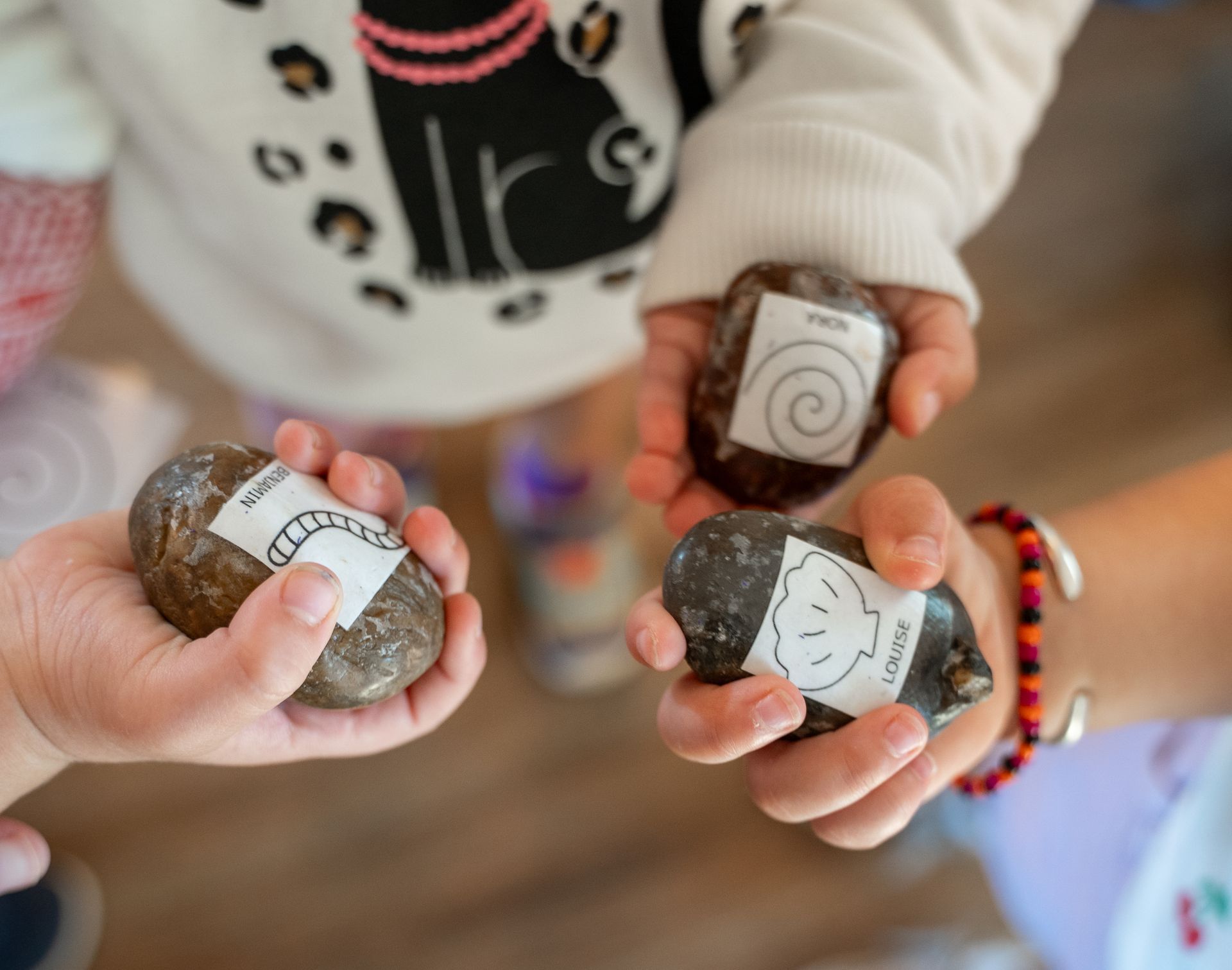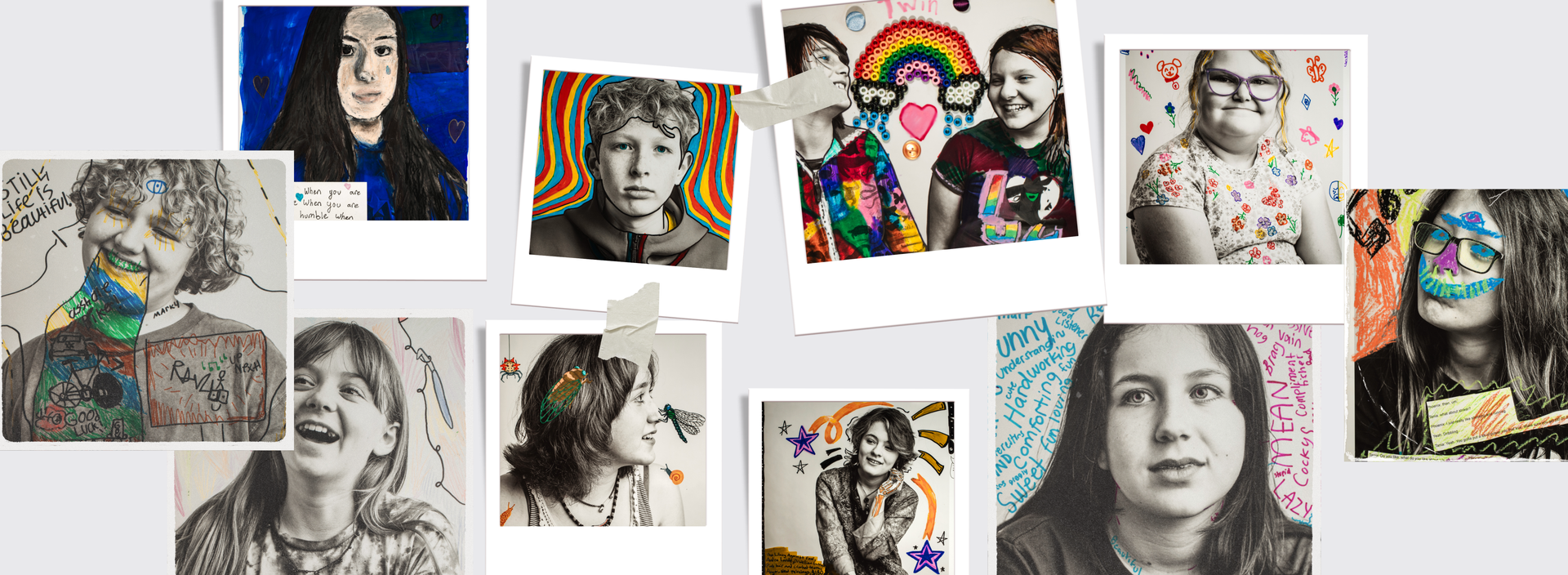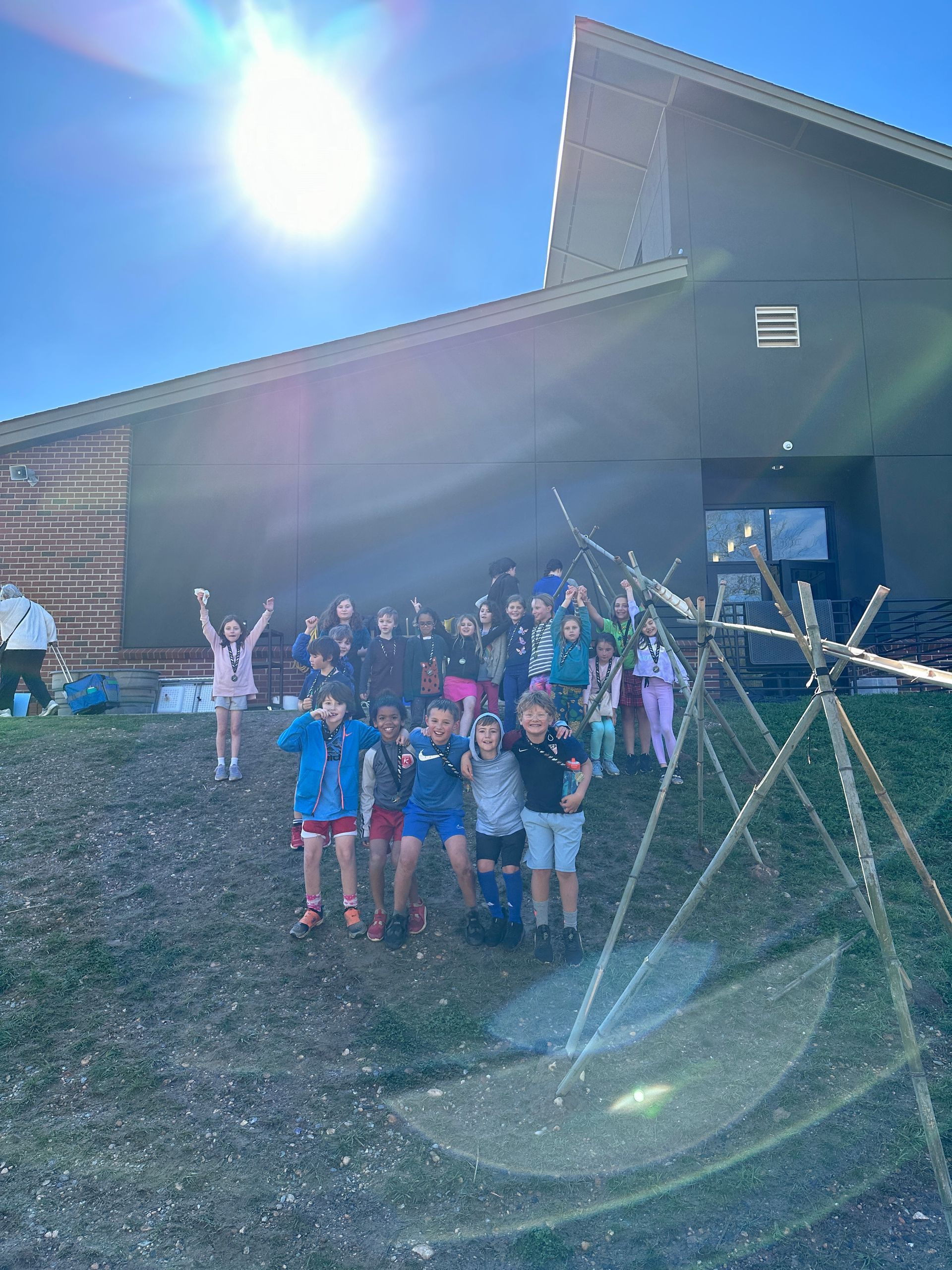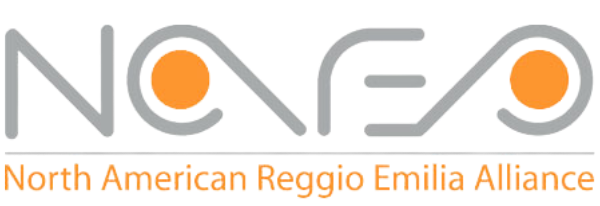Early Literacy Learning in the Preschool
by Anna Golden, Atelierista

Dexter plays a game that involves switching colors for each “letter” he writes.
“By the time your child enters kindergarten, his teacher will expect him to have some early literacy skills — especially the ability to carry on a brief conversation… to pay attention, and react, to stories; to know some letters of the alphabet and the sounds that these letters make, as well as some basic print concepts, such as knowing that printed words convey meaning… Motivation to read and self-regulation (self-control) are also considered preliteracy skills.” – from Scholastic’s The Meaning of Preliteracy : How your child’s early experiences shape his learning success
More than a child’s ability to identify letters, numbers, or shapes, preliteracy includes skills such as verbal language, experimentation with symbols, and the ability to listen to other people. Since learning to read begins at birth, when children come to Sabot’s Preschool, they are already curious about letters and words, and we encourage them to take risks by playing with them.
Developing stories while pretending with friends is learning to read, so there are lots of things to play with. Play inspires stories that can be captured by teachers or dictated by children.
Listening is learning to read, so children practice listening to stories and responding to them by asking and answering questions.
Noticing word sounds is learning to read, so teachers point out sounds of letters as children dictate notes or stories.
Playing with letter and word sounds is learning to read, so we sing, chant, and play rhyming games, like creating a birthday song for a classmate, The Dinosaur Dance:
It’s time to do the dinosaur dance,
It goes like stomp, stomp, stomp in brance,
It’s time to do the dinosaur dance,
Everyday the bromp bromp’n brance



Learning to read means recognizing that symbols convey meaning. Visual symbols accompany letters and numbers in the Preschool, and each child chooses a symbol for their name. Symbols are used to mark children’s places and belongings in a visual way. Children can “read” each others’ symbols before they learn letters. You will also see children sharing drawings or other images and figures with each other to communicate ideas.
Signing in first thing in the morning is a no-pressure way to develop an interest in learning to write your name.
Learning to write means holding a pencil, so you will see teachers coaching children on their pencil grasp. Teachers know it’s important to develop good habits of pencil grip early so children can learn to write with the most comfort and efficiency later.
Strengthening hand and arm muscles is part of learning to write. Working while seated uses different muscles than when standing, so you will see children writing and painting with big and small gestures, on tables, easels, and on walls.
Developing preliteracy skills means creating a culture of reading and writing. This is why we read and write each day in as many authentic ways as possible.
The post Early Literacy Learning in the Preschool appeared first on Sabot at Stony Point.
SHARE THIS POST
